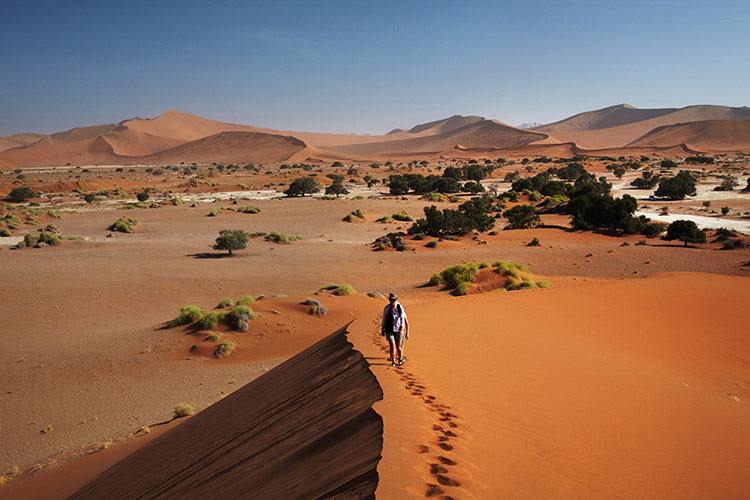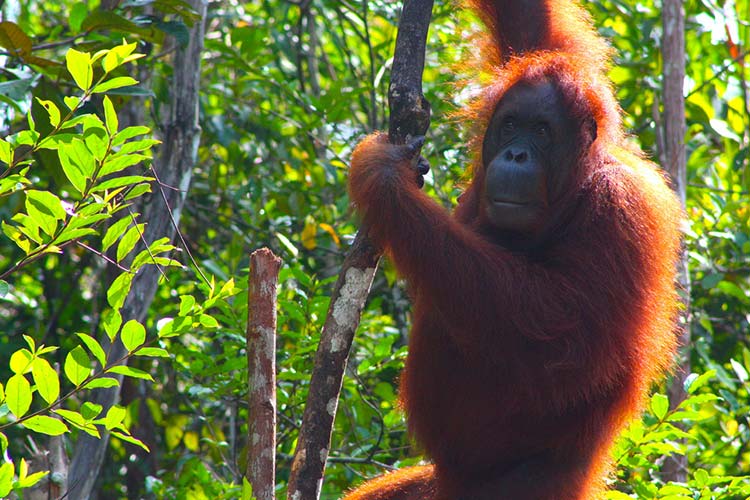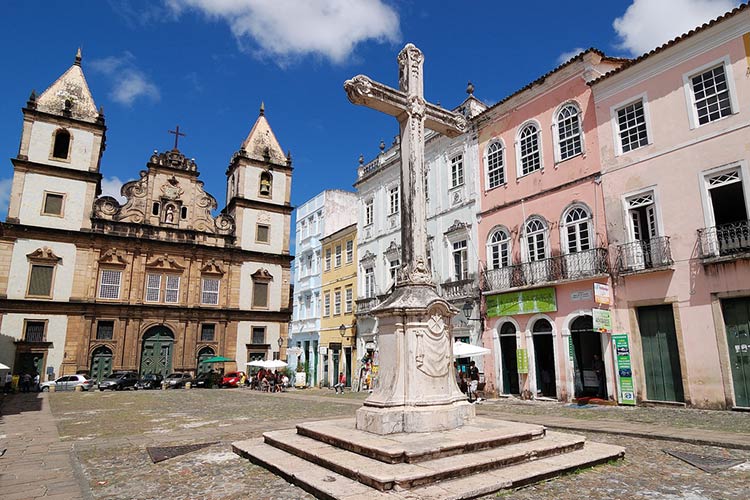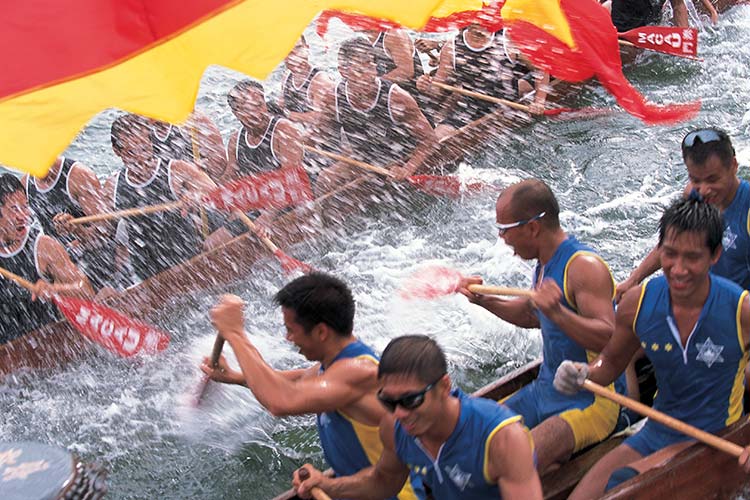This is a great time of year for walking Turkey’s Turquoise Coast, gazing at the Milky Way from atop a sand dune in the Namib Desert, and fumbling your way through a fog of incense in the backstreets of Macau.
Whether you’re looking to tune into a mega music festival or just happy knocking back a rice wine or three in a traditional Bornean longhouse, Lonely Planet’s destination experts have some suggestions for your next adventure.

A lone tourist climbing the sand dunes of Sossusvlei, Namibia. Image by Danita Delimont / Gallo Images / Getty Images
The desert air cools over Namibia in June, meaning pleasant daytime temperatures and crisp, clear nights. The latter makes for spellbinding stargazing, with an unimpeded view of the heavens showing just why the Milky Way got its name.
The cooler climate also make June one of the few months when hikers can take on the world’s second largest canyon: Fish River. The 85km multi-day trail along the floor of this yawning 550m-deep, 27km-wide rift in the earth's surface is one of Africa’s best. Climbing up the crests of the parabolic dunes at Sossusvlei - among the world’s tallest - is also much more enjoyable in moderate temperatures.
Paradoxically, despite the dip in temperature, the air and landscape also become drier in June, which forces wildlife to congregate around ever-shrinking sources of water. At waterholes in Etosha National Park, you can watch elephant, rhino, giraffe, hyena, lion, zebra and dozens of other species choreographing their thirst-quenching visits – it’s a dance like no other.
Matt Phillips - Destination Editor for sub-Saharan Africa. Follow his tweets @Go2MattPhillips.

An orangutan swings from a tree in Sarawak, Malaysian Borneo. Image by cylonfingers / CC BY-SA 2.0
Coinciding with the beginning of the dry season, June heralds Sarawak’s most important festival. Steeped in ancient indigenous traditions, Gawai Dayak sees longhouse doors flung open for several days of rice-harvest merrymaking, with visitors often invited to participate in traditional dances, or at the very least join locals in a rice wine toast or two.
While Gawai Dayak offers the best traditional ‘taste’ of Malaysian Borneo, the drop in humidity and precipitation also lends itself to exploring Sarawak’s famous green spaces, from Semenggoh Wildlife Centre where endangered orangutans - most of them orphaned - can be seen at play, to the majestic forested bluffs of Bako National Park, one of the best places to spot proboscis monkeys in the wild. Both are just a short hop from Kuching, with Borneo’s most stylish city making the perfect base for adventures.
Sarah Reid - Destination Editor for Southeast Asia. Follow her tweets @sarahtrvls.

Magnificently preserved colonial square in Salvador, Brazil. Image by Rosino / CC BY-SA 2.0
If you're headed to Brazil for the World cup in June, spend a few days soaking up the sights and sounds of Salvador, where the vibrant pastimes of African, Portuguese, and indigenous South American cultures collide.
The nation's third-largest city and first capital of the Portuguese New World, Salvador is a stunning blend of colourful colonial architecture, gleaming churches and cobblestoned streets which serve as the backdrop for Candomblé ceremonies and capoeira circles, all set to the intoxicating beat of Afro-Brazilian drums.
You'll have your choice of festivals taking place from 10 June onward, including the Festa de Santo Antonio, where young women pray to the patron saint of matrimony with hopes of finding husbands. Don't miss the Terreiro de Jesus, Igreja e Convento São Francisco, or the vibrant historic centre of Pelourinho, a Unesco World Heritage site. Just outside Salvador, experience the splendour of the Atlantic Ocean at Praia Porto da Barra beach - the northeastern coastal climate of Bahia state is warm year-round and rainfall is minimal during the winter months.
MaSovaida Morgan - Destination Editor for South America. Follow her tweets @MaSovaida.

Teams taking part in a dragon boat race, Macau. Image courtesy of the Macau Government Tourism Board.
A festive mood grips Macau in June, when feasts and fetes abound. Macau’s diverse colonial history has resulted in a heady mingling of traditions and religions, such as the Dragon Boat Festival lures street performers from around the world, turning the city into a huge circus from 5-11 June; Ljeto na Strosu , held from May-Sept, transforms a leafy central street into a quirky cultural hub with an outdoor cinema, concerts and art installations.
Croatia’s biggest music festival, INmusic , is a three-day lakeside extravaganza that attracts plenty of big-name bands (23-25 June) – this year’s headliners include multi-Grammy Award winners The Black Keys, and legendary alt-rockers the Pixies. Tickets are ludicrously cheap (just €48 for the three days, or €69 including camping), facilities are superb (think yoga classes, swimming, free wifi and warm showers) and the location beside Lake Jarun is so close to the city centre that it’s easy to dip in and out as you please.
Anna Tyler - Destination Editor for Southern Europe. Follow her tweets @go_AnnaT.